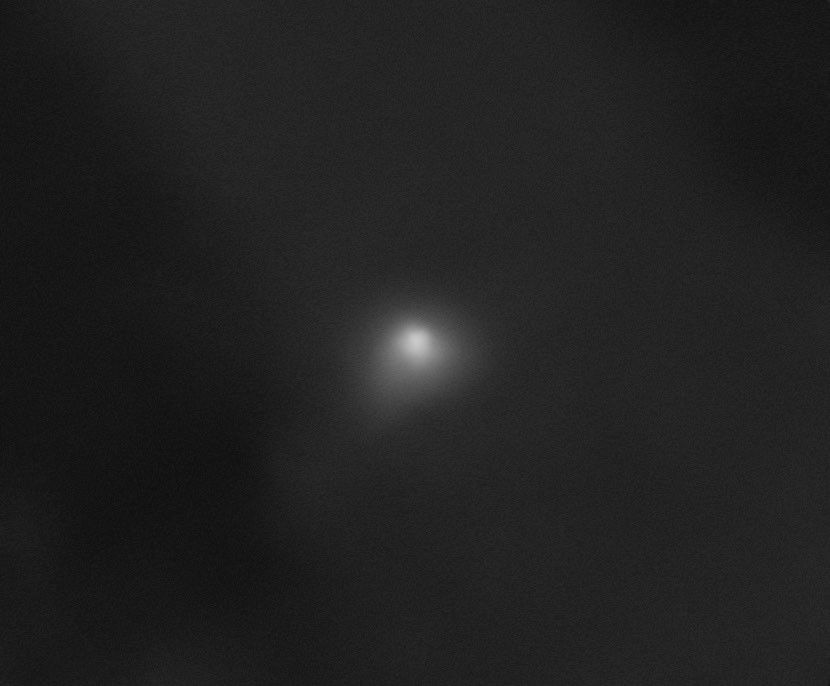PRINCETON, N.J. – Scientists from Princeton University and NASA’s Jet Propulsion Laboratory (JPL) have invented a device that seemingly generates electricity from the Earth’s rotation.
Although generally accepted theories show that generating electricity from a uniform field like Earth’s magnetic field is impossible, the team believes they have found a “loophole” that allows their device to generate tiny but measurable amounts of electricity.
If independent reviews can confirm the team’s work, they say the next steps to building a practical energy-generating device would involve miniaturization and scaling efforts, as proposed in a new paper detailing their current efforts.
Device That Generates Electricity from the Earth’s Rotation Joins Alternative Energy Revolution
The research joins a list of promising new approaches to generating electricity, ranging from “extreme enzymes” or other living organisms to “smart” windows and triboelectric-driven “rain panels” that generate electricity from raindrops.
Other efforts include generating electricity from radio waves, sweat, advanced metamaterials, and ocean waves, including an effort to produce energy from waves at the grid scale. One particularly novel concept uses the classic “drinking bird” toy to generate power with each dip of its beak.
In an email to The Debrief, Princeton University Professor Christopher Chyba noted that his previous work with study co-author and co-inventor, JPL’s Dr. Kevin Hand, was designed to explore the possible electromagnetic heating of astrophysical objects. That theoretical work, Chyba explained, was not intended to have any practical application.
“Curiosity-driven basic research is often what later leads to practical applications,” the professor said. “A lot of basic research initially seems disconnected from our daily lives—but it’s a key component underlying American science and technology.”
However, Chyba explained that as those theoretical studies progressed, the work “led us to begin asking questions that we then realized could be investigated in the laboratory.”
Building and Testing the Device Yields Positive Results
In a published paper outlining the team’s research, Chyba and Hand describe the theory behind their novel device, which generates electricity from the Earth’s rotation, construction, and testing. The basic idea is similar to how traditional power stations create an electric current by passing a conductor through a magnetic field. Theoretically, a conductor on Earth’s surface would move through some portion of the field, causing electrons to move and generating power.
Although previous studies suggested that building such a device was impossible, the team says that their theoretical efforts seemed to indicate that certain materials shaped into a cylindrical tube might channel the Earth’s magnetic field in a way that creates an imbalance in the electrostatic force inside the device. If their calculations were correct, the result appeared to be a roadmap to building a proof-of-concept device that generates electricity from Earth’s rotation.









